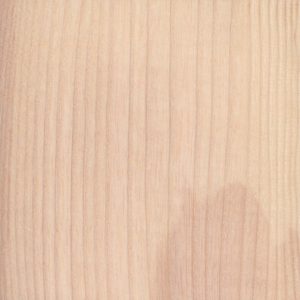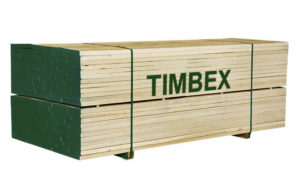ASH TIMBER
Ash is a hardwood and it is robust and stable but elastic wood. Woodworkers generally consider Ash to the other primary open-pore wood, oak, but it is useful in any furniture application. Ash veneers have extensive usage in the furniture industry. Ash is not used much outdoors due to the heartwood having a low durability to ground contact, indicating it will typically perish within six years. Its robust structure, good looks, and flexibility combine to make ash ideal for staircases. Ash stairs are exceptionally hard-wearing, which is particularly crucial for treads. Due to its elasticity, Ash can also be steamed and bent to produce curved stair elements such as volutes and intricately shaped balusters.

European Ash timber sanded

European Ash timber endgrain

Common Name: European Ash, Common Ash
Latin Name: Fraxinus excelsior
Tree Size: 20-35 m tall, 1-2 m trunk diameter
Average Dried Weight: 680 kg/m3
Janka Hardness: 6,580 N
Common Uses: millwork, boxes/crates, flooring, baseball bats and other turned objects such as tool handles.
Comments: European Ash has relatively good strength properties for its weight, and is also shock resistant.
When stained, ash can look very comparable to oak, although oaks have much wider rays, which are obvious on all wood surfaces—even on flatsawn surfaces, where they appear as tiny, thin brown lines between the growth rings. Ashes lack these conspicuous rays.
Workability: Gives good results with hand or machine tools. Replies well to steam bending. Glues, stains, and finishes well.
